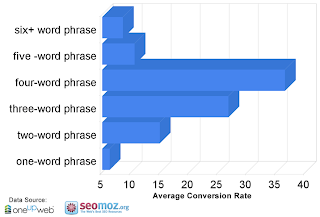You have answered one burning question that single customer asks.
You have made a landing page where you speak as the customer listens.
Usually this call-to-action is a Trial proposal which is what best value a SaaS solution, or a Buy proposal if you are not offering a SaaS solution.
You must now Measure, Refine and Repeat:
The beauty of this 7 steps walk is that you can monitor the customer through the steps.
Your monitoring must be checked daily and used to refine the needed steps if not enough conversion ration is measured. You can revise the vocabulary, the value proposal, the impression selling positioning, the learn and learn-more processes.
You can and should repeat these steps with an other single customer, wether it may be an other target for the same offering or a new and different solution.






















